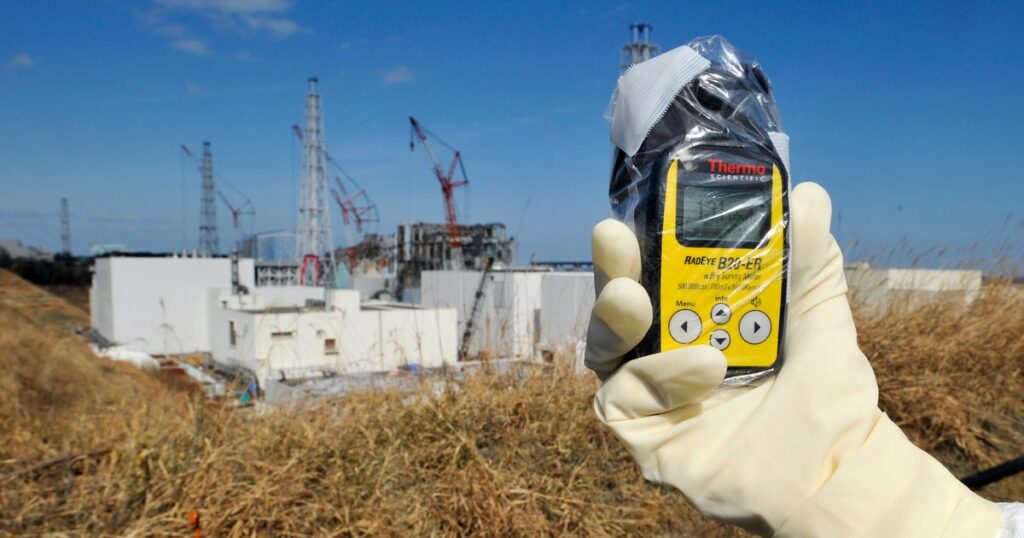Japan Considers Reusing Radioactive Soil in Urban Landscaping
Government Initiatives to Reintegrate Contaminated Soil
In a recent development, Japan announced plans to repurpose a small portion of radioactive soil stored near the Fukushima nuclear facility for use in outdoor flower beds at government offices in Tokyo. This move aims to demonstrate confidence in the safety of the material and to promote sustainable waste management practices. The soil, which was excavated from Fukushima Prefecture during decontamination efforts following the 2011 nuclear disaster, has been stored temporarily for over a decade. Only a limited amount has achieved radiation levels deemed safe enough for reuse, according to officials.
Public Perception and Safety Measures
The proposal to utilize this soil in Tokyo’s government grounds is part of a broader effort to reassure the public about the safety of reusing contaminated materials. The government intends to use the soil for decorative purposes, such as flower beds and other landscaping features within administrative facilities. This initiative aligns with guidelines issued by Japan’s Ministry of the Environment in March, which were also endorsed by the International Atomic Energy Agency (IAEA). These guidelines specify that low-risk, stabilized soil can be safely employed in non-food-related public projects.
Background: The Fukushima Nuclear Crisis and Its Aftermath
The 2011 Fukushima disaster resulted in the release of significant radioactive materials, contaminating vast areas surrounding the plant. Since then, Japan has been grappling with enormous quantities of debris, including contaminated soil, charred wood, and other waste materials. Currently, approximately 14 million cubic meters of such waste are stored in an extensive outdoor facility straddling the towns of Futaba and Okuma, near the nuclear site. To put this into perspective, this volume is enough to fill about 11 professional baseball stadiums.
Long-term Waste Management Strategies
The Japanese government has set a target to identify permanent disposal sites for the contaminated soil by 2045. In the meantime, officials suggest that low-risk materials could be repurposed for infrastructure projects, such as road construction and public works across the country. The Ministry of the Environment emphasizes that the soil will be securely covered with a layer of topsoil, ensuring that residual radiation remains at negligible levels, thus preventing any environmental or health hazards.
Community Concerns and Ongoing Challenges
Despite these assurances, public apprehension persists. Recently, authorities had to halt a plan to use some of the stored soil in flower beds at various parks in Tokyo after facing protests from local residents. The controversy underscores the ongoing debate over the safety and ethics of reusing contaminated materials in public spaces.
Current Developments in Fukushima Waste Management
In 2023, Japan began releasing treated radioactive wastewater from the Fukushima plant into the Pacific Ocean. This step was taken to reduce the risk of accidental leaks and to free up space for the removal of melted nuclear fuel debris, which is estimated to exceed 880 tons. The decommissioning process remains complex and lengthy, with international agencies like the IAEA providing technical assistance to ensure safety and transparency.
Looking Ahead: Balancing Safety and Public Confidence
As Japan continues its efforts to manage the aftermath of the Fukushima disaster, the challenge remains to balance environmental safety with public trust. The reuse of low-risk soil in urban landscaping represents a step toward sustainable waste management, but it must be accompanied by transparent communication and rigorous safety standards to gain widespread acceptance.

